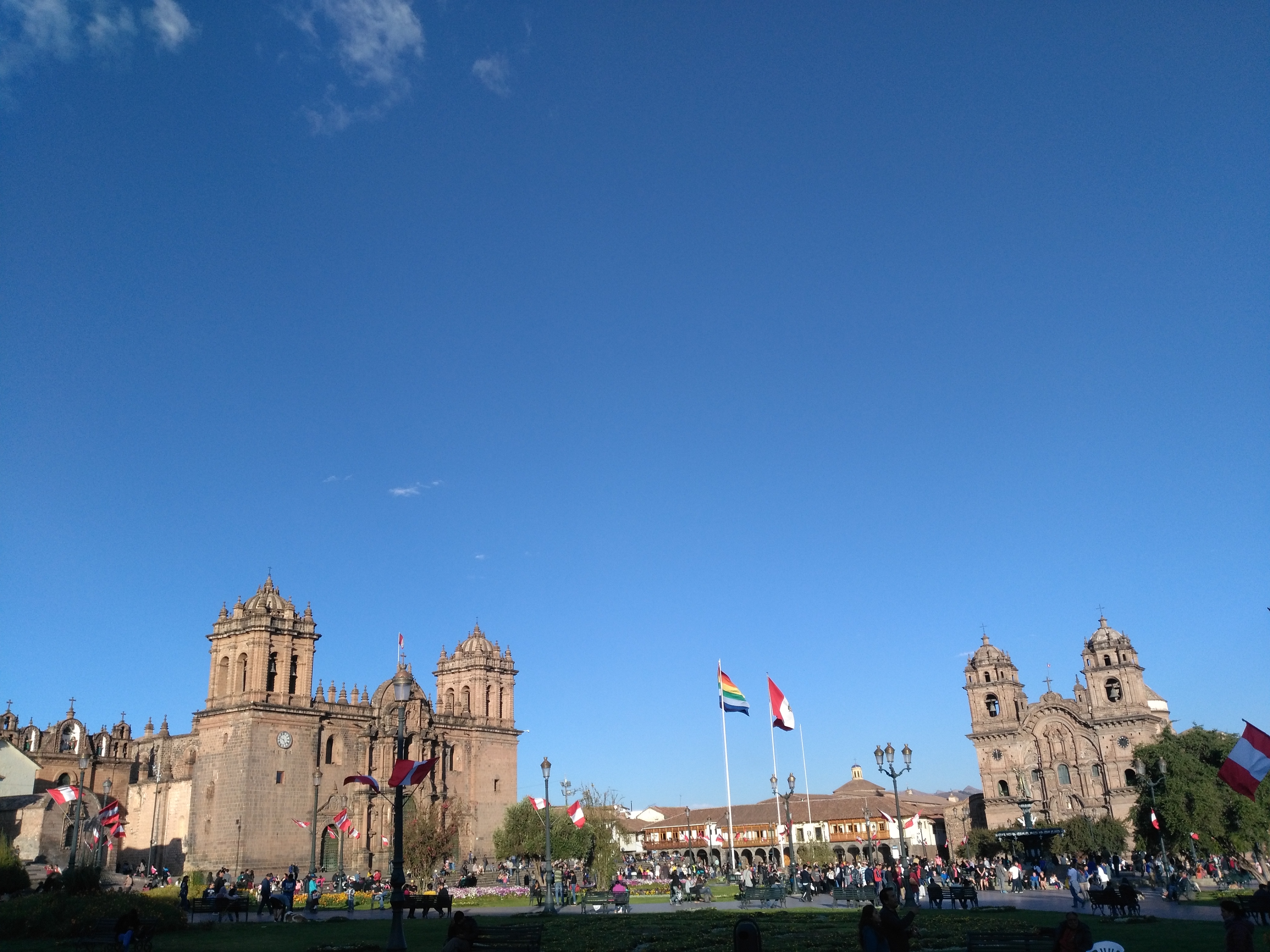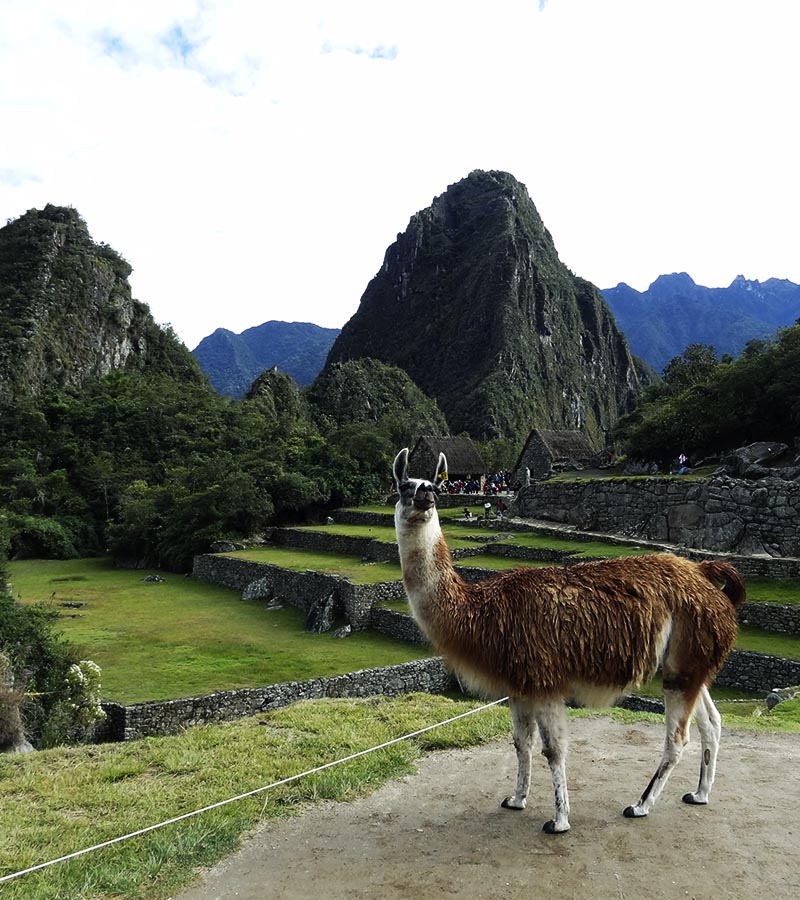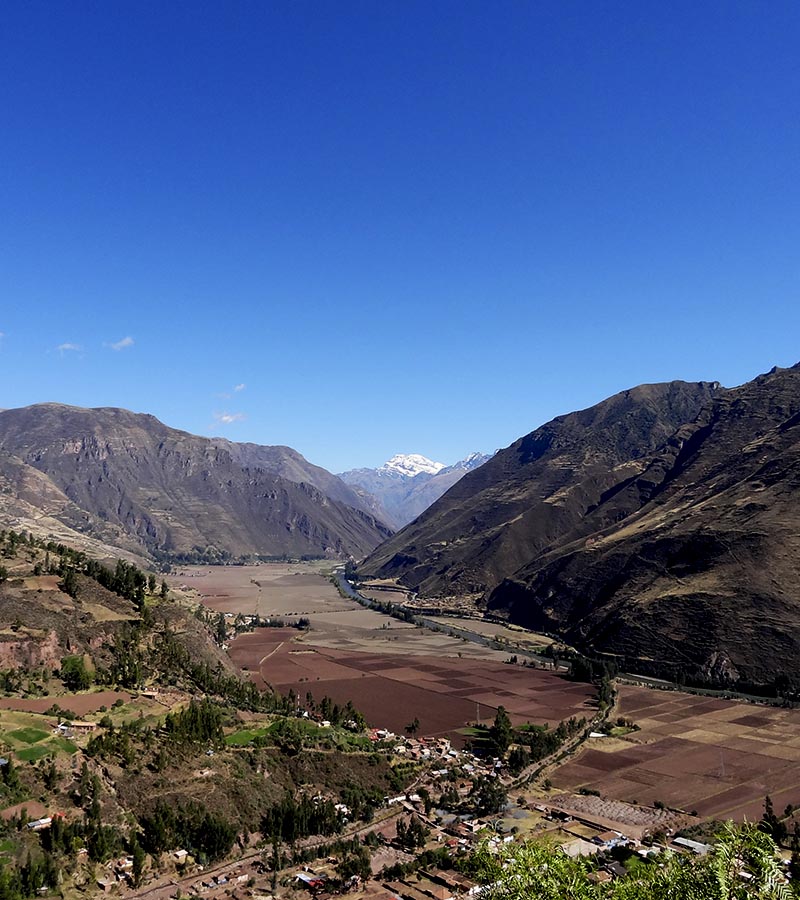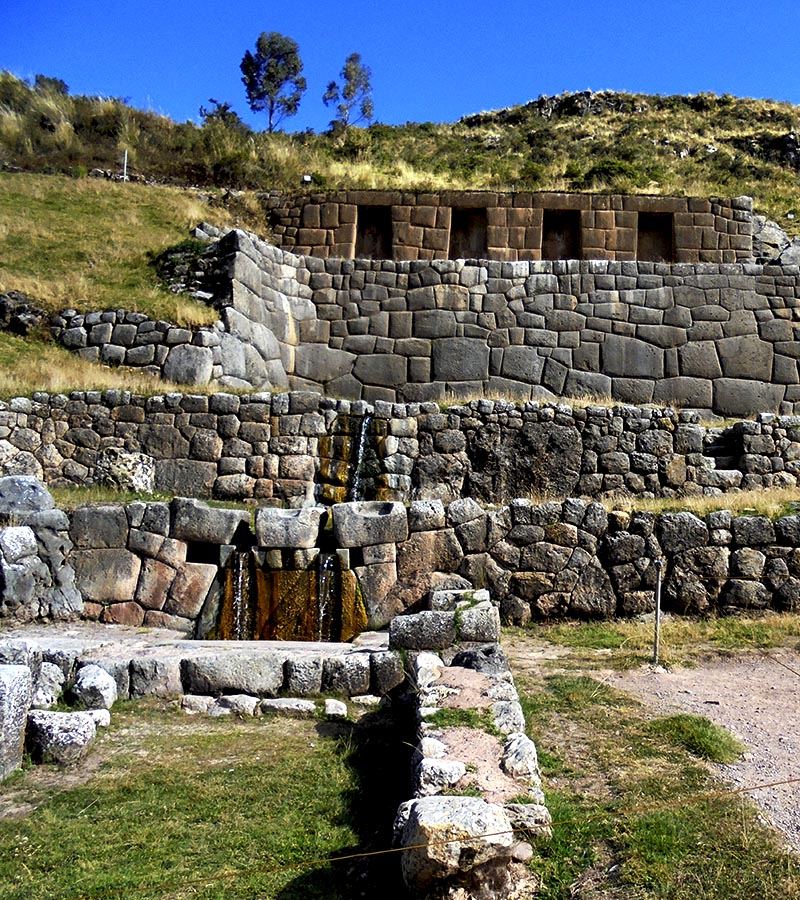
Welcome to Cusco
The ancient Inca capital
With ancient cobblestone streets, grandiose baroque churches and the remnants of masterful Inca temples, no city looms larger in Andean history than Cuzco, which has been continuously inhabited since precolonial times. Cuzco also serves as the gateway to Machu Picchu. Mystic, commercial and chaotic, this unique city is still a stunner. Where else would you find ornately dressed women
walking llamas on leashes, a museum for magical plants, and the wildest nightlife in the high Andes?
Cuzco at a Glance…
Cosmopolitan Inca capital, Cuzco (also Cusco, or Qosq’o in Quechua) today thrives with a measure of contradiction. Ornate cathedrals squat over Inca temples, massage hawkers ply the narrow cobblestone streets, a woman in traditional skirt and bowler offers bottled water to a pet llama, while the finest boutiques sell alpaca knits for small fortunes.
The city is now the undisputed archaeological capital of the Americas, as well as the continent’s oldest continuously inhabited city. Few travelers to Peru will skip visiting this premier South American destination, also the gateway to Machu Picchu.
Cuzco’s Cuisine
Cuzco’s location, nearly dropping off the eastern edge of the Andes, gives it access to an unbelievable range of crops, from highland potatoes and quinoa to avocados and ají picante (hot chili).
Cuzco Specialties
Steaming soups, fresh-grilled meats and an ice-cold chela (that’s Peruvian slang for beer).
Look for the following foods in local restaurants, on the street and at festivals:
Anticucho Beef heart on a stick, punctuated by a potato, is the perfect evening street snack.
Caldo de gallina Healthy, hearty chicken soup is the local favorite to kick a hangover.
Chicharrón Definitely more than the sum of its parts: deep-fried pork served with corn, mint leaves, fried potato and onion.
Choclo con queso Huge, pale cobs of corn served with a teeth-squeaking chunk of cheese in the Sacred Valley.
Cuy Guinea pig, raised on grains at home; the faint of heart can ask for it served as a filet (without the head and paws).
Lechón Suckling pig with plenty of crackling, served with tamales (corn cakes).
The Guinea Pig’s Culinary Rise
Love it or loathe it, cuy is an Andean favorite that’s been part of the local culinary repertoire since pre-Inca times. And before you dredge up childhood memories of cuddly mascots in protest, know that these rascally rodents were gracing Andean dinner plates long before anyone in the West considered them worthy pet material.
It’s believed that cuy may have been domesticated as early as 7000 years ago in the mountains of southern Peru, where wild populations of cuy still roam today. Direct evidence from Chavín de Huántar shows that they were certainly cultivated across the Andes by 900 BC.
Cuy are practical animals to raise and have adapted well over the centuries to survive in environments ranging from the high Andean plains to the barren coastal deserts. You’ll often see them scampering around Andean kitchens in true free-range style. Cuy are the ideal livestock alternative: they’re high in protein, feed on kitchen scraps, breed profusely and require much less room and maintenance than traditional domesticated animals.
Festivals & Events
Cuzco and the surrounding highlands celebrate many lively fiestas and holidays.
El Señor de los Temblores
Meaning ‘the Lord of the Earthquakes,’ this procession on the Monday before Easter dates to the earthquake of 1650.
Crucifix Vigil
On May 2 to 3, a Crucifix Vigil is held on all hillsides with crosses atop them.
Corpus Christi
Held on the ninth Thursday after Easter, Corpus Christi usually occurs in early June and features fantastic religious processions and celebrations in the cathedral.
The Qoylloriti Pilgrimage
Incredibly elaborate costumes, days of dancing, repetitive brassband music, fireworks and sprinklings of holy water: welcome to one of Peru’s less well-known, but most intense, festivals, Qoylloriti (Star of the Snow).
Held at the foot of Ausangate the Tuesday before Corpus Christi, in late May or early June, this is a dizzy, delirious spectacle, yet no alcohol is involved or even allowed. Offenders are whipped by anonymous men dressed as ukukus (mountain spirits) with white masks that hide their features.
At 6384m, Ausangate is the Cuzco department’s highest mountain and the most important apu (sacred deity) in the area.
The subject of countless legends, it’s the pakarina (mythical place of sacred origin) of llamas and alpacas, and controls their health and fertility.
Q’oyoriti is a pilgrimage – the only way in is by trekking three or more hours up a cold mountain, arriving around dawn. The sight of a solid, endless line of people quietly wending their way up or down the track and disappearing around a bend in the mountain is unforgettable, as is Q’oyoriti’s eerie, otherworldly feel.
Many cuzqueños (inhabitants of Cuzco) believe that if you attend Q’oyoriti three times, you’ll get your heart’s desire.
Inti Raymi
Cuzco’s most important festival, the ‘Festival of the Sun’ is held on June 24. It attracts tourists from all over Peru and the world, and the whole city celebrates in the streets. The festival culminates in a reenactment of the Inca winter-solstice festival at Sacsaywamán.
Despite its commercialization, it’s still worth seeing the street dances and parades, as well as the pageantry at Sacsaywamán.
Santuranticuy Artisan Crafts Fair
A crafts fair is held in Plaza de Armas on December 24 (Christmas Eve).





